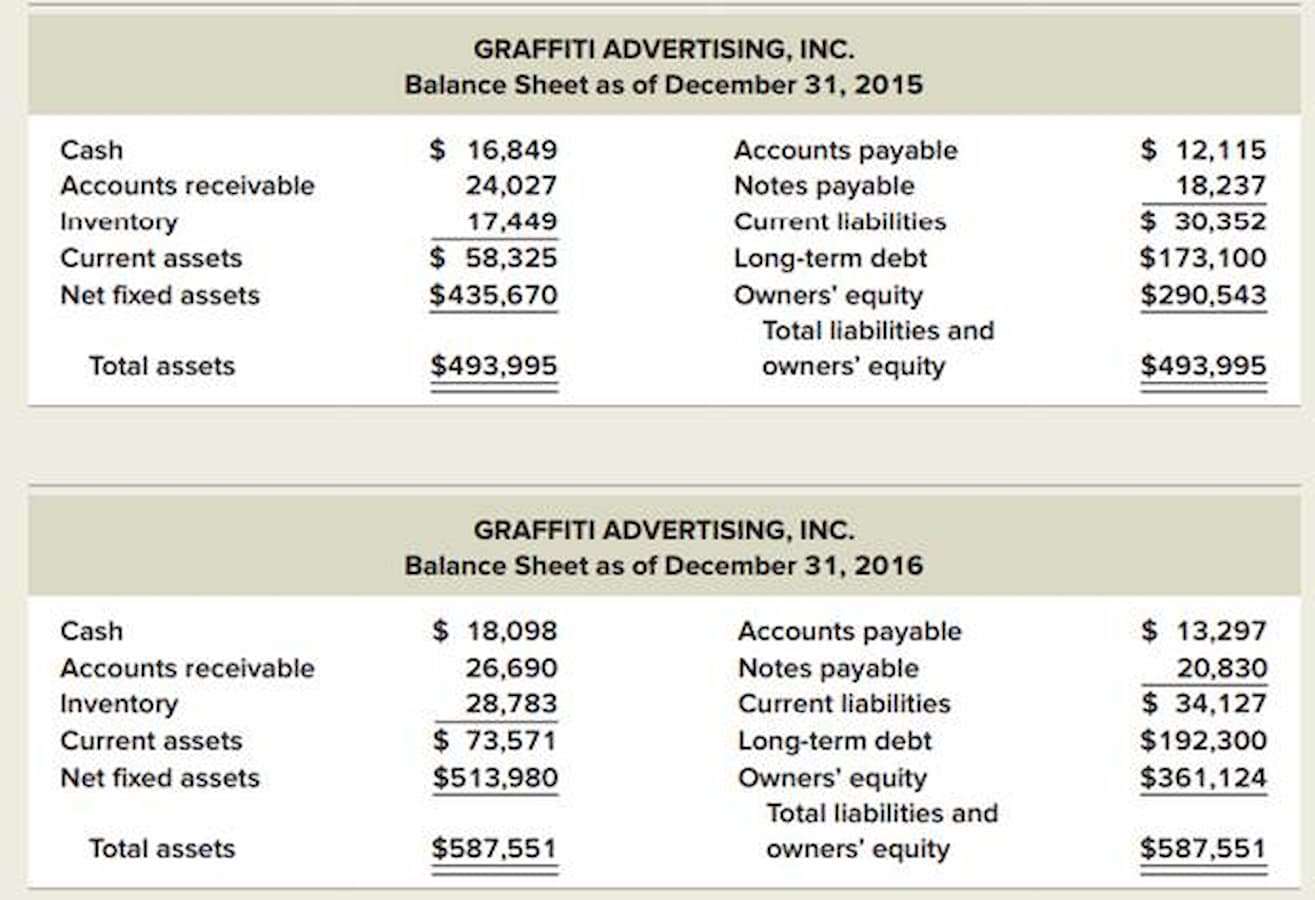Contribution Margin Ratio Calculator
Content

Once you know that you have a net loss on your hands, you can use contribution margin ratio to figure out what you need to do to break even. But you could also increase sales by $200,000 without increasing variable expenses. The first step to calculate the contribution margin is to determine the net sales of your business. Net sales refer to the total revenue your business generates as a result of selling its goods or services. Dobson Books Company sells textbook sets to primary and high schools. In the past year, he sold $200,000 worth of textbook sets that had a total variable cost of $80,000. Thus, Dobson Books Company suffered a loss of $30,000 during the previous year.
How to Analyze Corporate Profit Margins – Investopedia
How to Analyze Corporate Profit Margins.
Posted: Sat, 25 Mar 2017 15:40:15 GMT [source]
This revenue number can easily be found on the income statement. Some income statements report net sales as the only sales figure, while others actually report total sales and make deductions for returns and allowances.
What Is The Correct Formula To Calculate The Contribution Margin Ratio? A Fixed Costs
On the other hand, net sales revenue refers to the total receipts from the sale of goods and services after deducting sales return and allowances. Now, the fixed cost of manufacturing packets of bread is $10,000. Thus, the total manufacturing cost for producing 1000 packets of bread comes out to be as follows.
For example, if you have an employee who is paid based on the number of units that they produce, their costs are variable and tied to your production. Thus, the level of production along with the contribution margin are essential factors in developing your business. Now, it is essential to divide the cost of manufacturing your products between fixed and variable costs. Variable costs are not typically reported on general purpose financial statements as a separate category.

Overview of what is financial modeling, how & why to build a model. Eric is currently a duly licensed Independent Insurance Broker licensed in Life, Health, Property, and Casualty insurance. He has worked more than 13 years in both public and private accounting jobs and more than four years licensed as an insurance producer. His background in tax accounting has served as a solid base supporting his current book of business. However, to perform better analysis, we probably need the data and information about the competitors in the market and industry average to assume how goods the margin of ABC over the competitors. Contribution margin ratio remains constant for each product, segment, or department.
Free Accounting Courses
The concept of this equation relies on the difference between fixed and variable costs. Fixed costs are production costs that remain the same as production efforts increase. Variable costs, on the other hand, increase with production levels.
- The sales revenue is the total amount made on the successful sales of the company’s products.
- Divide the total amount of your variable costs by the number of units produced.
- Let’s say your business sold $2,000,000 in product during the first quarter of the year.
- It measures the amount of net profit a company obtains per dollar of revenue gained.
- The profit margin is simply the amount by which revenue, which the business gets from the sales it makes, exceed the costs incurred by the business, both variable and fixed.
- Learn the fixed cost definition and how to calculate it using the fixed cost formula.
- When taking a look at how your business is doing financially, it’s tempting to focus all your attention on the “bottom line.” In other words, are you turning a profit or not?
Other examples include services and utilities that may come at a fixed cost and do not have an impact on the number of units produced or sold. For example, if the government offers unlimited electricity at a fixed monthly cost of $100, then manufacturing ten units or 10,000 units will have the same fixed cost towards electricity. The total contribution margin is the accumulation of all contributors for a period of time without including total fixed costs and operating expenses. The price of your product will directly impact the strength of your contribution margins. All things equal, a business will want high contribution margins as that means they will have more revenue left over after paying their variable costs.
How Do You Calculate It?
That can help transform your labor costs from a variable expense to a fixed expense and allow you to keep those expenses under tighter control. As a result, your variable expenses will go down and your contribution margin ratio will go up.
Managerial accountants also use the contribution margin ratio to calculate break-even points in the break-even analysis. Sales volume is still an important facet of contribution margin to keep in mind, but the ratio allows you to quickly compare your products. It gives you another lense through which you can view your financial information and make informed decisions.
Formula:
Variable costs rise as production increases and falls as the volume of output decreases. Low contribution margins are present in labor-intensive companies with few fixed expenses, while capital-intensive, industrial companies have higher fixed costs and thus, higher contribution margins.
How do you calculate contributions in Excel?
Contribution Margin = Fixed Cost + Net Profit
Alternatively, it is known as the ‘contribution to sales’ ratio or ‘Profit Volume’ ratio. This ratio represents the percentage of sales income available to cover its fixed cost expenses and to provide operating income to a firm.
Variable expenses directly depend upon the quantity of products produced by your company. These expenses include materials, labor, packaging, and equipment.
What Are The Basic Kinds Of Reports Produced By A Management Information System?
These are not committed costs as they occur only if there is production in the company. Your contribution margins can also be assessed on a product-specific level. So if you produce a contribution margin ratio formula wide variety of products, calculating the contribution margin for each product will help you understand which ones are your top performers and which ones you should consider dropping.
These parties will use the contribution margin to determine the efficiency of the business in making profits. Analysts, for example, can calculate the contribution margin per each unit and come up with estimates for a forecast profit for the company in following years.
Net SalesNet sales is the revenue earned by a company from the sale of its goods or services, and it is calculated by deducting returns, allowances, and other discounts from the company’s gross sales. Variable costs, generally speaking, are those expenses that fluctuate from month to month, usually in direct relation to your sales.
- Generally speaking, you want your contribution margin to be as high as possible.
- Yes, it’s a formula as most accounting based measures are — but it can be kept quite simple.
- As production levels increase, so do variable costs and vise versa.
- The breakeven price should define a lower boundary for the price of a product.
- The overarching goal of the contribution margin to help these key players improve the production process by analyzing their variable costs and finding ways to bring them down.
Thus, the contribution margin ratio expresses the relationship between the change in your sales volume and profit. So, it is an important financial ratio to examine the effectiveness of your business operations. Sales revenue refers to the total income your business generates as a result of selling goods or services. Furthermore, sales revenue can be categorized into gross and net sales revenue. The contribution margin is the amount of revenue in excess of variable costs. One way to express it is on a per-unit basis, such as standard price per unit less variable cost per unit. The contribution margin is also useful to people other than the management, such as analysts and external investors.
Contribution margin ratio is the ratio of contribution margin to sales. It is calculated by dividing the excess of sales over variable costs with sales. If you want to reduce your variable expenses — and thereby increase your contribution margin ratio — start by controlling labor costs. Think of the contribution margin ratio you calculate as the percentage of profit you achieved after variable expenses were paid. This means that you can reduce your selling price to $12 and still cover your fixed and variable costs.
How Do You Calculate The Contribution Margin?
Now, this situation can change when your level of production increases. As mentioned above, the per unit variable cost decreases with the increase in the level of production. Fixed costs are the costs that do not change with the change in the level of output. In other words, fixed costs are not dependent on your business’s productivity. Furthermore, the variable costs can be either direct or indirect. Direct Costs are the costs that can be directly identified or allocated to your products. For instance, direct material cost and direct labor cost are the costs that can be directly allocated with producing your goods.
Amy, the owner, would like to know what sales are required to break even. Note that fixed costs are known in total, but Amy does not allocate fixed costs to each department.

Amy’s Accounting Service must achieve $266,667 in sales to break even. Learn how to critically look at your business using a SWOT matrix. We’ll walk you through how to identify strengths, weaknesses, opportunities and threats. Learn about Lewin’s change theory and see Lewin’s change theory examples. Explore change theory in nursing and Lewin’s unfreeze change refreeze model. In the systems approach to management, organizations are regarded as systems, with all the distinct parts of the organization interacting to create a complex whole.
You can adjust the equation to reflect different individual components of your business, to provide an overall picture or to be reflected as a percentage or ratio. Find out what a contribution margin is, why it is important, and how to calculate it. Looking at contribution margin in a vacuum is only going to give you so much information. Essentially, it indicates that for this company, the contribution margin for every $1 of revenue is 60 cents. Just because your second product netted more revenue than your first doesn’t mean it’s a more profitable item.
Alternatively, while the CM might be low, it might also be on an upward trend from year to year, showing promise for the company, department or product line. Variable costs are those expenses that increase and decrease with the production volume.
You work it out by dividing your contribution margin by the number of hours worked on any given machine. Now, divide the total contribution margin by the number of units sold. The first step in doing the calculation is to take a traditional income statement and recategorize all costs as fixed or variable. For example, a variable cost to a software company might be storage space on the cloud, and a fixed cost would be a lease on office space. The cost to host customer data on the cloud can change as new customers are signed, but the company pays the same rent to the building manager regardless of how many customers it loses or gains.
In particular, it can be used to estimate the decline in profits if sales drop, and so is a standard tool in the formulation of budgets. Variable costs are all the direct costs that contribute to producing that delicious cup of coffee for the customer. This may include items such as coffee beans, water, milk, disposable cups, and labor costs which total $4,000. To resolve bottlenecks, contribution margin can be used to decide which products offered by the business are more profitable and, therefore, more advantageous to produce, given limited resources. Preference is given to products that provide a high contribution margin. For Company A, every time they sell a product, they will earn $20 of contribution margin that can be used to cover overhead.
- Amy’s Accounting Service must achieve $266,667 in sales to break even.
- The total margin generated by an entity represents the total earnings available to pay for fixed expenses and generate a profit.
- Some income statements report net sales as the only sales figure, while others actually report total sales and make deductions for returns and allowances.
- We will now show you how to calculate contribution margin with two examples.
- The contribution margin is the amount of revenue in excess of variable costs.
If only the Sea kayak is produced and sold, 160 units is the break-even point. There actually are many different break-even points, because the profit equation has two unknown variables, Qr and Qs. A business’s break-even point is the stage at which revenues equal costs. Once you determine that number, you should take a hard look at all your costs — from rent to labor to materials — as well as your pricing structure.
Author: Roman Kepczyk



